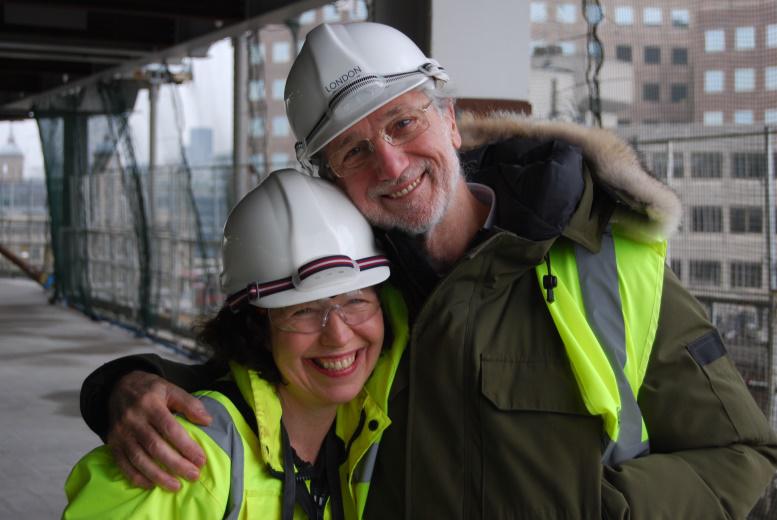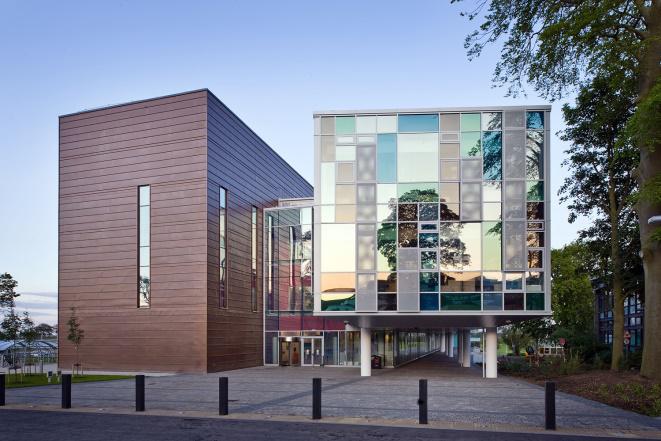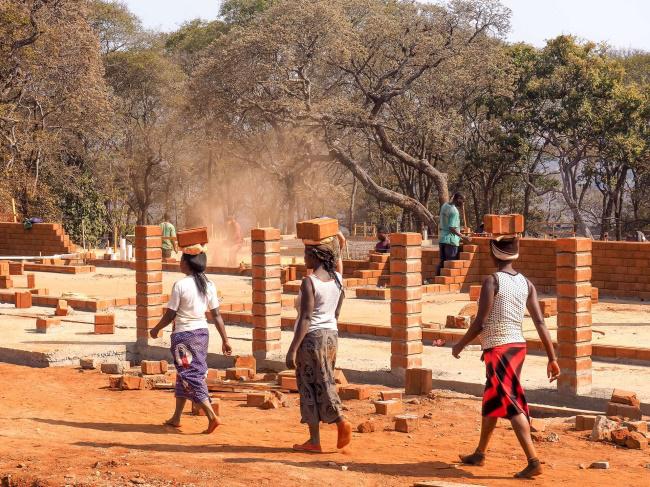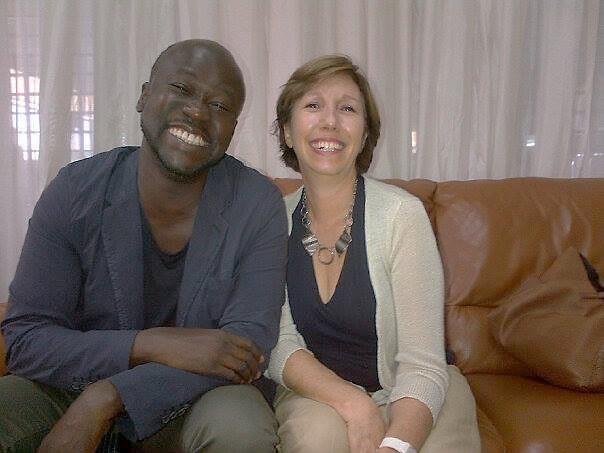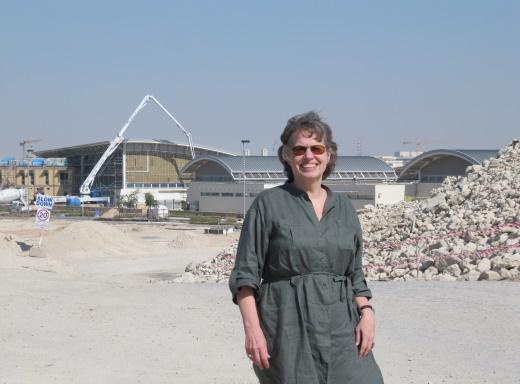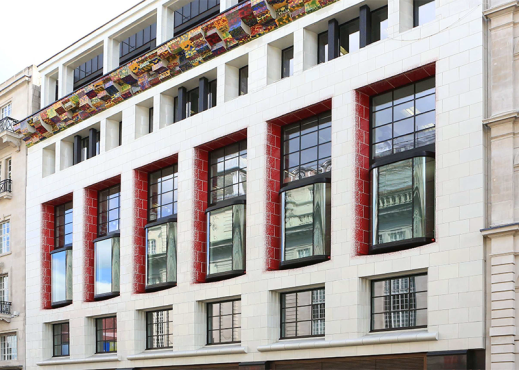Brianne Hamilton
Fiona Mckay
Brianne Hamilton also excelled at art and math, so an early guidance councillor made the obvious suggestion that she should look into an architectural career - a sweet twist on advice to previous generations. Brianne recognised the value of this advice when on a family trip to Rome she stood with obsessive attention in the exact same spot in the Pantheon every morning just to absorb the architectural atmosphere. Without any wavering or career choice side-tracks, she received a BS in Architecture from the University of Michigan in 2004, in its first graduating class to have 51% women. She received her MArch from the University of Texas in 2007.
She came to London on a residency program for six months work experience with KPF and was offered a permanent position at the end of term. For several years, she worked on KPF’s massive Abu Dhabi Airport project as the coordinator of the passenger conveyance package. This involved reviewing and editing specification, coordinating with consultants and preparing construction drawings for a staggering “350 lifts, escalator and moving walkways”.
From 2011 to 2014, she was an integral team member for KPF’s South Bank Tower, an unusual project adding an eleven storey extension to an existing thirty story tower to create a mixed use development of high end residential, office and retail space. Following through on her early participation in planning applications, design, client/consultant coordination and construction documents, Brianne also worked as site architect. She continued to perform site inspections and resolving construction issues right up to the birth of her son at the end of 2014.
KPF’s South Bank Tower Project (permission to use photo granted by CIT, an independent real estate company)
Brianne spent many active years on the AIA Chapter Board, and is particularly remembered for founding an emerging professional component to assist young architects going through the US registration process. She was also responsible for organising the 2013 Design Awards and – for five years running - the AIA UK Student Charrette.
Whereas other past presidents also raised children during their tenure, Brianne holds the record for the youngest child by far. Her son, Patrick, attended all AIA UK board meetings as a less-than-one-year-old honorary member. Brianne left KPF in 2015 to spend more time with Patrick and is undecided about the future: “I am enjoying working part time on private residential work and hope to continue with it for the time being. Who knows what the future holds? I may end up returning to office work in the future, or may carry on with private work. I am hoping to keep my options open by maintaining my NY license, while enjoying and making the most of the family time I have now”.

